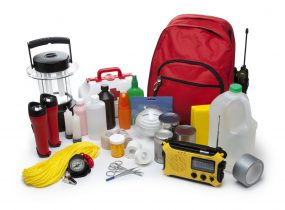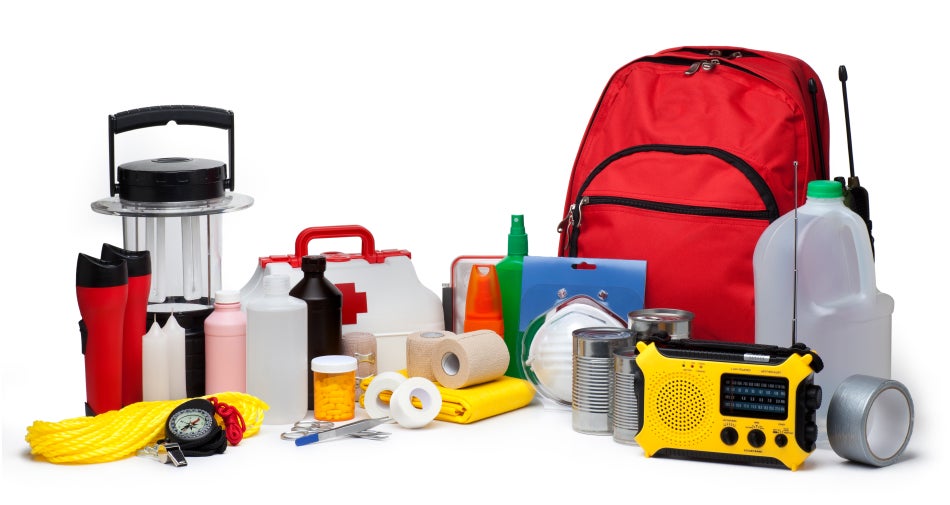Necessary Emergency Preparedness: Your Comprehensive Guide
Mastering the Art of Emergency Situation Preparedness: Expert Tips
Whether it be an all-natural catastrophe, a medical emergency situation, or an unexpected dilemma, being prepared can make a substantial distinction in the end result. Grasping the art of emergency situation readiness needs a mix of knowledge, preparation, and strategic reasoning.
Importance of Emergency Preparedness
Emergency situation readiness is a crucial aspect of ensuring the security and well-being of people and neighborhoods in the face of unforeseen calamities and emergency situations. EMERGENCY PREPAREDNESS. Being prepared can significantly reduce the effect of all-natural catastrophes, mishaps, or other dilemmas that might emerge. By having a well-balanced emergency situation plan in location, areas and people can react efficiently, possibly saving lives and reducing damage
One key reason that emergency readiness is essential is that it assists in lowering panic and confusion throughout a situation. They are more likely to stay tranquil and make reasonable decisions in stressful scenarios when individuals are conscious of what to have and do exercised emergency situation treatments in advance. This can lead to a more organized and efficient feedback, aiding in the protection of lives and home.
In addition, emergency readiness promotes durability within areas. By investing time and sources into readiness steps such as training, drills, and framework improvements, areas can jump back faster after a calamity. This strength is essential for long-lasting healing and sustainability, making certain that areas can hold up against future emergencies.

Building a Comprehensive Emergency Situation Plan
Due to the essential role emergency readiness plays in reducing the effect of calamities and fostering area strength, the structure for reliable action depends on developing a thorough emergency situation strategy. EMERGENCY PREPAREDNESS. A detailed emergency strategy acts as a roadmap for organizations and neighborhoods to effectively coordinate resources, react to crises, and guarantee the safety and security and well-being of people during emergency situations
Trick components of a detailed emergency strategy include threat assessment, recognition of potential threats, facility of interaction procedures, designation of responsibilities and duties, and normal training and drills. By performing detailed danger assessments, organizations can identify susceptabilities and focus on areas for mitigation. Establishing clear interaction methods makes sure that details is disseminated successfully throughout emergencies, promoting prompt decision-making. Designating responsibilities and duties makes clear the pecking order and promotes a coordinated action effort. Normal training and drills help familiarize individuals with emergency procedures, ensuring a swift and efficient feedback when a crisis takes place. Eventually, a thorough emergency plan is instrumental in enhancing preparedness, reaction capabilities, and overall resilience in the face of catastrophes.
Vital Products and Resources
When getting ready for potential disasters, making certain access to vital products and resources is paramount for reliable emergency situation feedback and durability. Stockpiling on non-perishable food items such as canned products, protein bars, and dry products is critical to sustain individuals and families throughout times of situation when access to fresh food may be limited (you can try this out). Furthermore, preserving an adequate supply of water, with a minimum of one gallon each each day for a minimum of 3 days, is essential for hydration and hygiene demands
Fundamental clinical products consisting of plasters, antiseptics, drugs, and a very investigate this site first help kit are important for addressing injuries and diseases that might happen during emergencies. Flashlights with extra batteries, a multi-tool, and coverings need to likewise be consisted of in emergency situation supply sets to give light, aid in navigation, and make certain heat and convenience.

Communication Strategies During Emergencies
Efficient communication methods play a crucial duty in making sure precise and timely dissemination of information throughout emergencies. Clear and concise interaction is crucial for coordinating response efforts, giving guidelines to the public, and keeping everyone informed regarding the advancing situation. One key approach is to establish multiple communication networks to reach a wide target market. This might include utilizing text alerts, social media updates, public announcements, and typical media outlets.
During emergency situations, it is important to designate a representative or a central communication team to ensure consistency in messaging and stay clear of confusion. This marked person or team should be well-trained in crisis interaction and with the ability of delivering information in a tranquil and encouraging way. Additionally, developing a system for two-way communication can aid gather real-time feedback from the impacted individuals and resolve their demands more efficiently.
Moreover, utilizing innovation such as emergency alert systems and interaction applications can streamline the circulation of crucial info and assist in fast feedback initiatives. By executing these interaction organizations, approaches and communities can boost their emergency situation preparedness and action abilities, inevitably conserving lives and lessening the impact of calamities.
Training and Method for Readiness
An essential aspect in guaranteeing readiness for emergencies is the execution of regular training and practice to enhance reaction capacities and readiness - read this article. With constant training, emergency -responders can familiarize themselves with protocols, equipment procedure, and decision-making procedures, inevitably improving their efficiency throughout crises
Educating sessions ought to simulate realistic emergency situations to give responders with hands-on experience in a regulated environment. These simulations allow people to exercise their functions, test communication systems, and recognize areas for renovation without the stress of a real emergency.
Normal drills and workouts likewise assist teams construct communication and control, ensuring that everybody comprehends their obligations and can collaborate flawlessly when confronted with a situation. Additionally, debriefing sessions adhering to training exercises enable for useful feedback and the opportunity to gain from any blunders made.
Verdict
To conclude, mastering the art of emergency situation preparedness calls for a detailed plan, vital products, effective interaction techniques, and routine training. By focusing on preparedness and taking positive actions, areas and individuals can much better reply to emergencies and minimize possible threats - EMERGENCY PREPAREDNESS. It is crucial to remain notified, stay ready, and continually enhance emergency situation response approaches to make certain the security and health of all individuals included

In final thought, understanding the art of emergency preparedness requires a detailed strategy, important supplies, reliable communication strategies, and regular training.